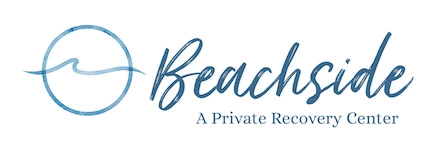Understanding Dual Diagnosis
A survey done in 2011 in the USA showed that 17%.5 of adults with mental illness had a drug abuse disorder and only a small amount of people receive treatment for both disorders. Unfortunately, these people never get the help that they need in order to fully recover from both disorders and end up relapsing soon after rehab or their substance abuse triggers off another mental issue. This is why we want to help those who may be suffering from a dual diagnosis understand their diagnosis, the treatments involved, and what is required to finally kick the habit and enjoy a happier and mentally healthy life.
What is Dual Diagnosis?
When a person suffers from a mental illness condition at the same time as a substance abuse problem, this analysis is referred to as dual diagnosis. In other words, being diagnosed with co-occurring disorders is known as a dual diagnosis. However, to know what condition came first is very challenging and often near impossible to diagnose. In some cases, substance abuse can develop by fighting the symptoms of a mental illness. Other cases show that the physical effects of substance abuse result in mental health issues. For this reason it is necessary to treat both disorders concurrently to ensure that there are no relapses because of an untreated disorder.
Treatment Options for Co-Occurring Disorders
Before, the traditional way for treating patients suffering from co-occurring disorders was through a parallel but independent treatment programs. This way, patients received mental health services from one treatment center while attending to their drug abuse in another center. With the help of researchers, they discovered that this method was ineffective, suggesting a need to integrate the services addressing mental health with those addressing substance abuse. This lead to dual diagnosis treatment combining mental health and substance abuse services in one program during the mid-1980s. Treating both issues simultaneously has a more positive and effective result.
What Does Treatment Include?
- Drug detoxification
- Physical rehabilitation
- Mental health counseling
- Personal therapy
- Group therapy
- Medication (if necessary)
The Best Treatment Program
It’s very overwhelming to deal with both problems at the same time. Having to maintain a normal life, a job, or a relationship at the same time can be a very difficult. If you have a loved one who is going through treatment for co-occurring disorders they may feel as if life is getting out of control. During this time it is important to remember that self medicating is not the most effective way to treat these conditions. Rather seek help from a facility and make sure they receive treatment with the right help, tools, and environment they need to succeed. Inpatient rehab is often the best option for treatment as the patient is able to spend their entire treatment time focusing on their recovery.
Beachside Rehab understands the importance of dealing treating dual diagnosis in a manner that addresses both issues simultaneously. We also have the experience, facilities, and staff to help you and provide a sustained, functional, and healthy rehabilitation. Contact us right away for more information about our program or about dual diagnosis.
